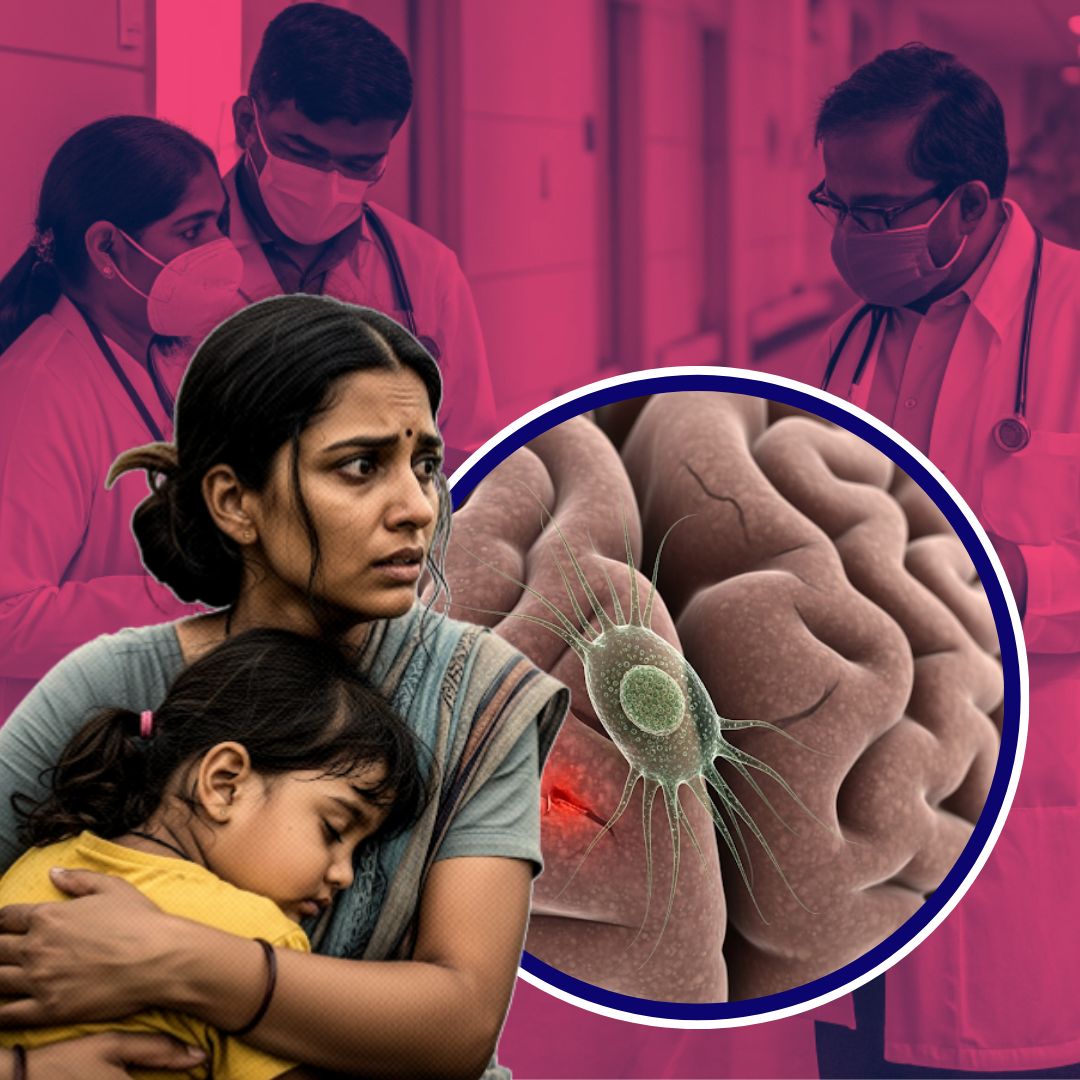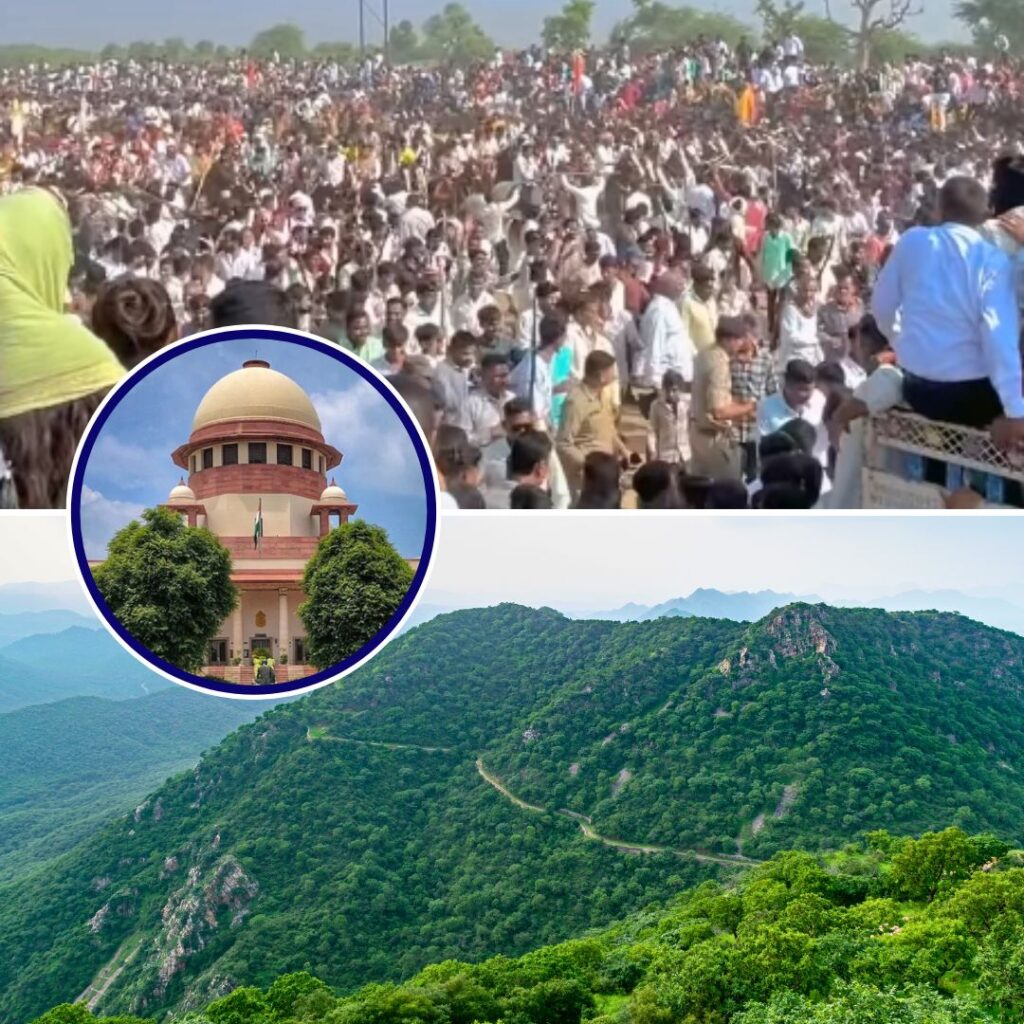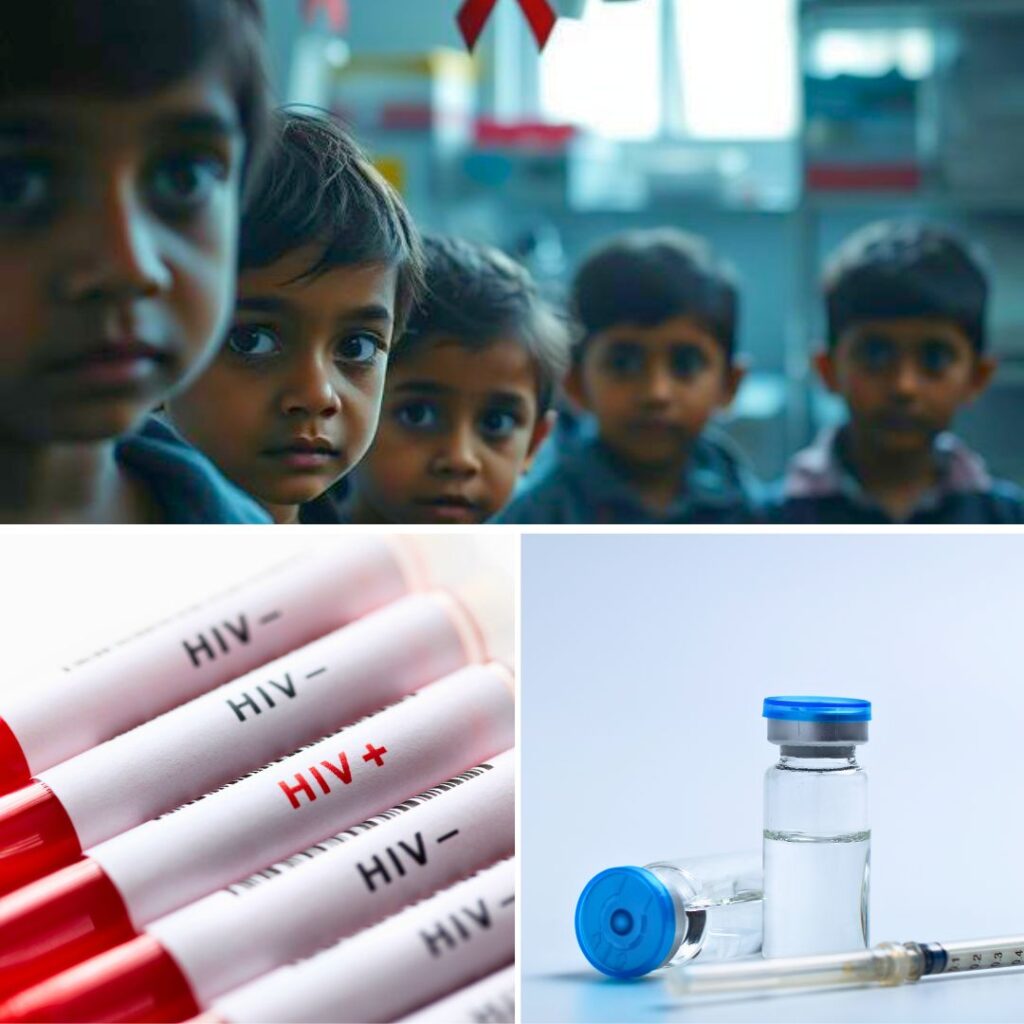In a tragic development from Kerala’s Kozhikode district, a nine-year-old girl has lost her life due to an infection caused by the brain-eating amoeba, Naegleria fowleri, leading to primary amoebic meningoencephalitis (PAM), while two others are critical. The girl, admitted to a local hospital on August 13 with fever and other symptoms, succumbed to the illness the following day.
This incident marks one of three confirmed PAM cases currently being treated or investigated in Kozhikode, including a three-month-old infant. Health authorities have issued warnings to the public while investigating possible contaminated water sources to prevent further cases.
Rising Cases of Brain-Eating Amoeba in Kozhikode
Kozhikode, a district with numerous water bodies and ponds, has recently become the epicenter of an alarming cluster of brain-eating amoeba infections. The recent death of the nine-year-old girl comes amid two other cases identified in the same district, escalating public health concerns.
The brain-eating amoeba thrives in warm freshwater environments such as lakes, ponds, and hot springs, and infections occur when contaminated water enters the nasal passages during activities like swimming or bathing. The amoeba then travels to the brain, causing devastating inflammation and tissue destruction. Symptoms usually begin with severe headaches, fever, and nausea, progressing swiftly to altered consciousness, seizures, and coma within days if untreated.
The Kerala health department has heightened surveillance and is rigorously testing local water bodies to isolate the source while advising residents to avoid using untreated freshwater for bathing or nasal rinsing.
What is Primary Amoebic Meningoencephalitis (PAM)?
Primary amoebic meningoencephalitis is a rare but deadly infection almost exclusively caused by Naegleria fowleri. The parasite invades the human central nervous system through the nasal cavity, typically when people engage in freshwater activities in contaminated water during hot months.
Once inside the brain, the amoeba causes rapid and severe inflammation, leading to brain damage and, in most cases, death within a week. The infection’s rarity and its symptoms’ similarity to viral meningitis often delay diagnosis, making treatment less effective. Kerala, like other parts of India, has faced sporadic PAM cases in recent years, but the recent cluster has drawn increased attention.
Expert Guidance and Preventive Measures
Health officials have advised that prevention is the most effective strategy. “Avoiding the entry of water into the nose during freshwater activities is crucial. Using nose clips or keeping the head above water can help. People should also avoid using untreated water for nasal irrigation or other personal hygiene practices. If fever, headache, vomiting, or neurological symptoms develop after exposure to freshwater, it is vital to seek medical help immediately”.
It has been highlighted that early diagnosis and rapid treatment are the only ways to improve prognosis, although mortality remains high. Public health warnings also stress the importance of using treated or boiled water for any procedure involving the nasal cavity, increasing awareness about the symptoms, and encouraging prompt medical consultations.
Government Response and Community Impact
The Kozhikode district administration and Kerala health authorities have launched multi-pronged efforts to control the situation, including water testing, public awareness campaigns, and health worker training to identify early symptoms.
Several ponds and other stagnant water sources suspected of harboring the amoeba are under investigation. Local residents, especially parents, express concern and anxiety about the infection and the safety of their children.
The district administration reassures that PAM remains a rare disease but cautions residents to exercise vigilance. Community cooperation and adherence to preventive measures are deemed essential to contain the outbreak and prevent further tragedies.
The Logical Indian’s Perspective
This unfortunate loss of a child to such a rare but deadly infection underlines the urgent need to strengthen public health infrastructure, environmental monitoring, and community education. We call for empathy and support for affected families, alongside governmental commitment to ensuring safer water sources and raising awareness about uncommon but severe infections.
It also reminds us of the delicate balance in our interaction with the natural environment and the critical importance of ecological care.












